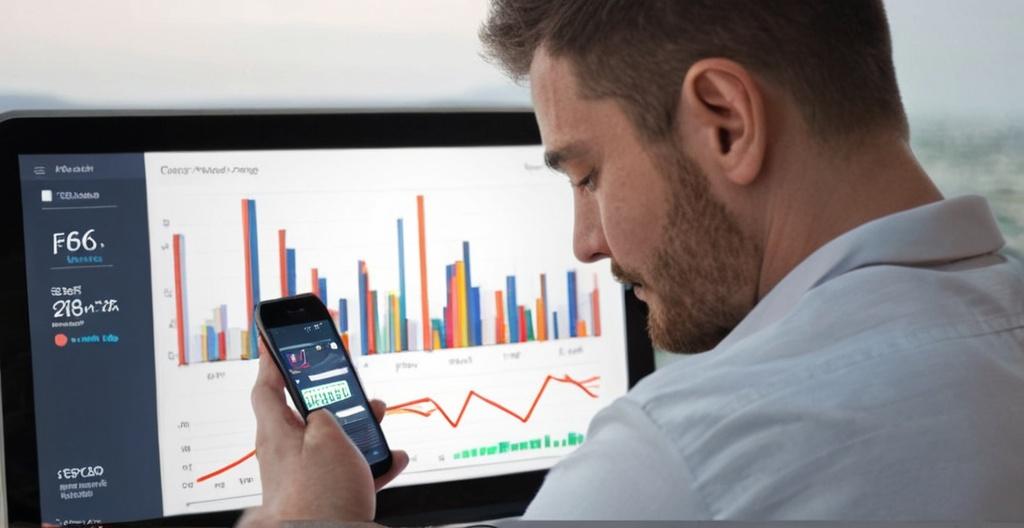Key Take Aways About News Trading
- News trading involves making trade decisions based on news releases and financial events, capturing market movements quickly.
- Key news types include economic indicators, central bank meetings, political events, and corporate news.
- Timing is crucial; traders use economic calendars to track events and prepare strategies.
- Market reactions can be unpredictable; understanding sentiment and expectations is essential.
- Technology like algorithmic trading aids in speed, but human intuition is crucial.
- Risk management includes using stop-loss orders and setting profit targets.

Overview of News Trading
News trading is the art and science of making trade decisions based on news releases and other financial occurrences. When major news drops, markets can react fast, and capturing this movement can be quite profitable. Unlike technical analysis, which relies on charts and patterns, news trading is about timing and understanding how current events might influence market sentiment. Traders who excel in this field often possess a keen insight into how markets react to different types of news—be it economic data releases, central bank announcements, or geopolitical events.
Types of News for Trading
In the landscape of financial markets, not all news is created equal. Some news leads to significant price movements, while others might result in minor ripples. The most impactful news typically falls into a few categories:
- Economic Indicators: Key reports like Gross Domestic Product (GDP), employment figures, inflation rates, and more can shape economic outlooks and influence trading decisions.
- Central Bank Meetings: Interest rate decisions and monetary policy statements from entities like the Federal Reserve or the European Central Bank attract considerable attention.
- Political Events: Elections, trade negotiations, and international conflicts can drive market volatility and impact currency pairs, commodities, and stock indices.
- Corporate News: Earnings reports, mergers, and acquisitions affect individual stocks and sometimes entire sectors.
Timing is Everything
In news trading, the timing of your trade is crucial. Financial markets are quick to react to breaking news, meaning traders often have a short window to enter or exit positions. Most traders use economic calendars to keep track of upcoming news events and prepare their strategies accordingly. These calendars provide details about the expected news announcements and their potential impact on the markets. Knowing when news is scheduled allows traders to position themselves ahead of time or adjust their existing positions.
Market Reactions: Expect the Unexpected
Markets are influenced not only by the news itself but also by how it compares to expectations. For instance, if a central bank raises interest rates by 0.25%, but the market had anticipated a 0.5% increase, the currency might depreciate instead of rising. Thus, understanding market sentiment and expectations is key to anticipating potential price moves.
It’s not all black and white, though. Sometimes markets react irrationally, which adds an element of unpredictability to news trading. This is where experience and a steady hand come into play. Traders must learn to manage their emotions and make quick decisions in the heat of the moment.
The Role of Technology in News Trading
Technology has greatly changed the way news is traded. Algorithmic trading systems can scan and analyze headlines in real-time, executing trades faster than any human could. These bots are programmed to react to specific keywords or phrases, allowing them to capitalize on price movements in the blink of an eye. However, these systems are not infallible. They rely on preset algorithms and can sometimes misinterpret complex news stories or overlook nuances that a human trader might catch.
Risk Management in News Trading
News trading can be risky due to the inherent volatility following major news releases. Rapid price swings can lead to significant gains or losses, depending on the trader’s position. To mitigate risk, traders often use stop-loss orders to limit potential losses and set specific profit targets to lock in gains. It’s also common to reduce trade size or leverage during high-impact news events to further manage risk exposure.
Personal Anecdote: The Importance of Staying Informed
Once upon a time, I was glued to the screen for a Federal Reserve announcement. The anticipation was palpable. As the Fed Chair started speaking, the market began to move rapidly, just like that. Despite knowing the scheduled time, I was caught off guard by a subtle hint in his speech about future policy changes. My trading software buzzed with alerts, and after a few quick decisions, I managed to close with a modest profit. It taught me that, as much as timing and strategy matter, so does understanding the nuances and being quick on your feet.
Conclusion: Staying Sharp in News Trading
News trading offers opportunities for profit but also demands a level of skill and discipline. Keeping abreast of news events, understanding market expectations, and reacting quickly yet wisely are critical for success. For those willing to put in the work, the rewards can be substantial, but the risks are all too real. In the fast-paced world of financial markets, the ability to think on one’s feet is invaluable. While algorithms and technology offer assistance, the human touch remains irreplaceable.